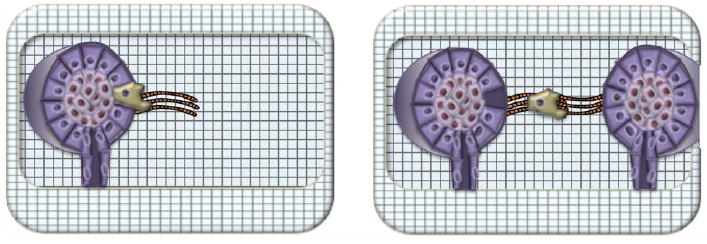Figure 7. Long distance mechanical interactions accelerate cancer cell invasion.

Transformed mammary acini orient collagen fibrils (orange) perpendicular to the invasive boundary, which serves as a track for metastatic cells (left). If two transformed mammary acini are within a critical distance, they will interact mechanically to produce a long, collagen fibril superhighway. Metastatic cells are observed to move at a faster rate via the superhighway than they do along a self-generated track that is not linked to a neighbor track.
